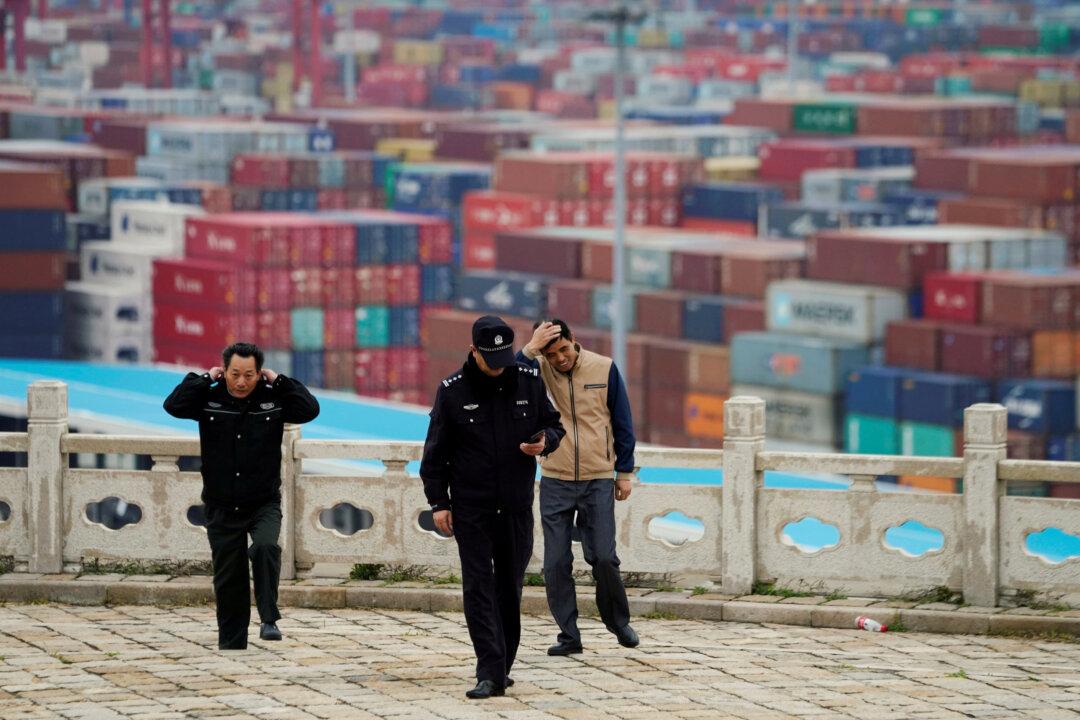WASHINGTON/BEIJING—U.S. President Donald Trump announced hefty tariffs on $50 billion of Chinese imports on June 15 as Beijing threatened to respond in kind, in a move that looks set to ignite another bout of trade disputes between the world’s two largest economies.
Trump said in a statement that a 25 percent tariff would be imposed on a list of strategically important imports from China. He also vowed further measures if Beijing struck back.





